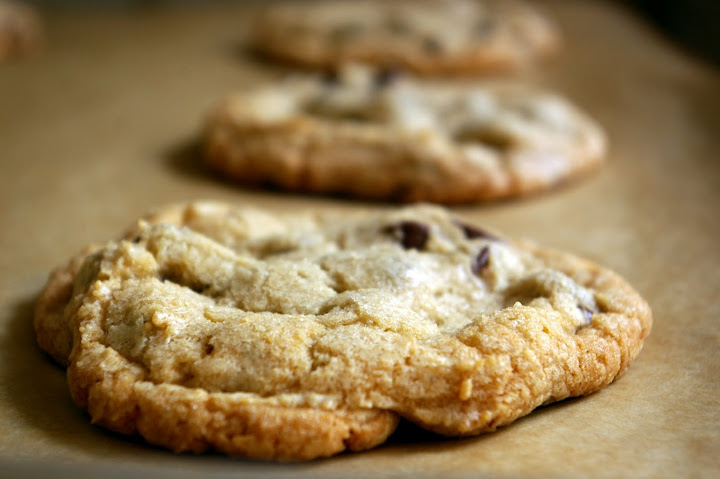You don't have a focus problem. You have a camera movement problem. Look closely at the point source highlights, and see that they are crescent shaped. And if you enlarge other parts, the fennel fronds for instance, you will see that they, too, are in motion, not out of focus. The obvious fix is a tripod, clamp-on mount, or whatever.
Once the stable camera thing is fixed, if focusing is still questionable, make a focusing target to put into the scene while manually focusing. A good target can be made by printing a block of numbers in a smallish, plain font. Something like three lines of numbers 0 to 9, the top row black, and the next two rows in lesser shades of grey.
The two light sources are causing distracting dual shadows. They are also contributing to the many point reflections on the food, which are not good things, because they look either unnatural or like there is something like salt or sugar dusted on the food. Well-textured food like this will look fine with a broad, diffuse, shadowless light source. You can construct one by draping gauze, tissue, of thin cloth over a framework. Then, you can still use multiple sources outside that framework, but they won't create point reflections.
Now, the squash won't look so good with soft light, but it doesn't look so good now, either, for all that it's realistically depicted. This is where food photography diverges from live presentation. A little glycerin sprayed on or some light syrup painted on the squash before the fish is placed will give it some life and will make it more appealing. Alternately, give it more space in the shot, so we can see what it is. But it may be okay to just do as suggested and get the fennel involved with the squash.
My only other comment is that the plate is lost on the white background. Change the background or something.
Oh, and, this next one will likely correct itself when you redo the lighting, but you see that the shadows are warm, reddish. That's because you are using two deliberate light sources from essentially nearly the same direction and a third inadvertent light source, which I would guess is the incandescent room light. The shadows receive light only from the room light, which will be reddish compared to strobes or quartz. Turn off all lights except those you are deliberately using. Without some considerable conscious practice, you will not see this problem when you're setting up the shot. Your eye makes the color correction in the shadow, just as it does outdoors on a sunny day when all the shadows are bright blue from sky light.




